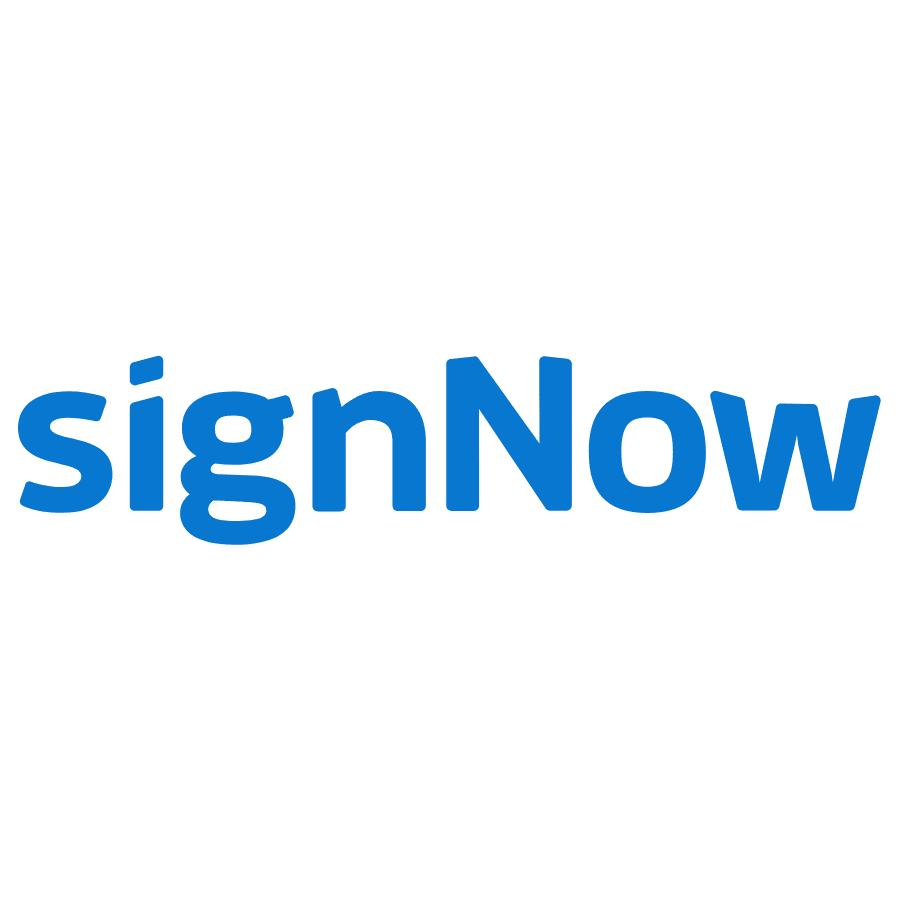

Digital signatures are a type of electronic signature that can be used to authenticate the identity of the sender of a message or the signer of a document. A digital signature can be used to verify that the person who signed a document is indeed the person they claim to be and that the document has not been altered in any way since it was signed.
Creating a digital signature is not as difficult as it may sound. In fact, there are only a few simple steps involved in the process. First, you will need to create a key pair consisting of a public and private key. The private key should be kept confidential, while the public key can be shared with anyone.
In this article, we will go through the whole process in detail and show you how to create a digital signature using different methods. However, let us first take the time to understand some important aspects.
What Are Digital Signatures?
As we mentioned earlier, digital signatures are a type of electronic signature that can be used to authenticate the identity of the sender of a message or the signer of a document. A digital signature can be used to verify that the person who signed a document is indeed the person they claim to be and that the document has not been altered in any way since it was signed.
Digital signatures are based on cryptographic algorithms that use a pair of keys, one public and one private, to sign and verify the authenticity of a message or PDF document. The private key is known only to the owner and is used to generate the signature. The public key, on the other hand, can be freely distributed and is used to verify the signature.
When a document is signed with a digital signature image, it is mathematically linked to the signer’s private key. This means that if the document is altered in any way, the signature will no longer be valid. Similarly, if someone tries to forge a signature, it can be easily detected as it will not match the signer’s public key.
Digital signatures are often used to sign electronic and legal documents such as emails, contracts, and invoices. They can also be used to sign software programs and computer files. In fact, digital signature images are now being used more and more as a replacement for traditional handwritten signatures. You can find a free downloadable electronic signature to use as well.
Why Use Electronic Signatures?
There are many reasons why you would want to use an electronic signature instead of a traditional handwritten signature. First of all, electronic signatures are much more convenient. They allow you to digitally sign documents without having to print them out or fax them.
Second, electronic signatures are more secure. As we mentioned earlier, they are based on cryptographic algorithms that make it very difficult for someone to forge a signature. Additionally, electronic signatures can be easily verified and authenticated.
Third, electronic signatures are legally binding in many countries. In the United States, for example, the Electronic Signatures in Global and National Commerce Act (ESIGN) of 2000 states that “a contract or other record relating to such transaction may not be denied legal effect, validity, or enforceability solely because it is in electronic form.”
Ways to Create a Digital Signature
There are different ways to create an electronic signature. In this section, we will show you how to create you own digital signature using three different methods:
Method 1: Using a Software Program
Method 2: Using an Online Service
Method 3: Using a Hardware Token
Using a Software Program
The first method is to use a software program to create your digital signature. There are many different software programs that can be used for this purpose. Some of the most popular ones include Adobe Acrobat, Microsoft Word documents, and OpenOffice.
To create a digital signature using a software program, you will first need to generate a key pair consisting of a public and private key. You can do this using a program such as OpenSSL or GnuPG. Once you have generated the key pair, you will need to export the public key in ASCII format and save it to a file.
The next step is to open the Word document that you want to sign in to the software program that you are using. Once the document is open, you will need to find the place where you want to insert your signature.
Once you have found the place where you want to insert your signature, you will need to follow the instructions for your particular software program. In Adobe Acrobat, for example, you will need to click on the “Sign” button and then select “Add Signature.” in the signature line.
After you have followed the instructions for your particular software program, you will be asked to select the file that contains your public key. Once you have selected the file, you will need to enter your passphrase.
After you have entered your passphrase, your signature will be inserted into the document.
Using an Online Service
The second method is to use an online service to create your digital signature. There are many different online services that can be used for this purpose. Some of the most popular ones include DocuSign PandaDoc and EchoSign.
To create an online signature using an online service, you will first need to create an account with the service. Once you have created an account, you will need to upload the document that you want to sign.
After you have uploaded the document, you will need to follow the instructions for your particular service. In DocuSign, for example, you will need to click on the “Sign” button and then select the place where you want to insert your signature.
After you have followed the instructions for your particular service, you will be asked to select the file that contains your public key. Once you have selected the file, you will need to enter your passphrase.
After you have entered your passphrase, your signature will be inserted into the document.
Using a Hardware Token
The third method is to use a hardware token to create your digital signature. There are many different hardware tokens that can be used for this purpose. Some of the most popular ones include YubiKey and SafeNet eToken.
To create a digital signature using a hardware token, you will first need to insert the token into your computer. Once the token is inserted, you will need to follow the instructions for your particular token. In YubiKey, for example, you will need to click on the “Sign” button and then select the place where you want to insert your signature.
After you have followed the instructions for your particular hardware token, you will be asked to enter your passphrase. After you have entered your passphrase, your signature will be inserted into the document.
How Safe is an Electronic Signature?
Digital signatures are very safe. In fact, they are safer than traditional signatures. This is because digital signatures are based on cryptography. Cryptography is the science of encrypting and decrypting data.
Encryption is the process of transforming readable data into an unreadable format. Decryption is the process of transforming unreadable data into a readable format.
Cryptography is used to protect data from being read by unauthorized individuals. It is also used to verify the identity of the individual who signed a document.
Digital signatures are based on two types of cryptography: asymmetric cryptography and hashing.
Conclusion
Digital signature creating is a simple process that can be done using a variety of different methods. The most important part of the process is to make sure that you keep your private key safe and secure. You can choose the best method, for creating electronic signatures, that works best for you.









